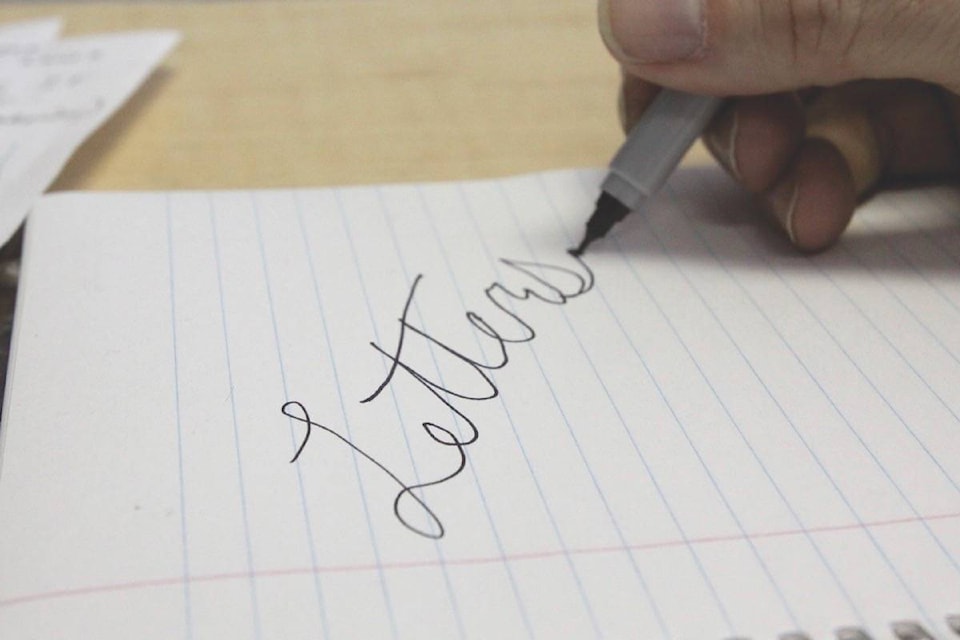Dear editor,
Most of us have experienced temporary water shortages at one time or another. Imagine, however, daily living with a water source which seriously lacks quantity and quality. Imagine choosing between washing a load of laundry or taking a shower, and hauling bottles of drinking and cooking water from another source. As a rural user, you would also have to consider agricultural demands on your water supply.
The east central area of Alberta has long been associated with poor quality and quantity of water, and typical well production is only one to three gallons per minute. Thankfully, due to the foresight of a former resident and champion of the east country, Shirley McClelland, a water line was established which provides a safe, secure source of potable water for residents. The Shirley McClelland Regional Water Commission (SMRWC) has alleviated the water concerns in east central Alberta. The benefits of having access to the SMRWC greatly outweigh the costs of buying water from it.
Here’s why I’m talking about water. A Water Act Notice of Application appeared in the January 18th issue of the Stettler Independent, submitted to Alberta Environment and Parks (AEP) by the Lone Pine Hutterian Brethren, to divert water from two wells north of Botha. These wells are located at SW-23-039-18-W4M, only 800 metres from our farm. A previous application submitted in 2013 resulted in an approval of 2.1 million gallons per year (gpy) to be diverted from these two wells to the colony. These two recent applications are requesting another 4.1 million gpy from the same wells. The colony presently has access to 31.5 million gpy, including 4.2 million gpy plus from the SMRWC. With available data, one can estimate the colony’s water requirements to be 15.6 million gpy. This clearly shows they have access to about twice as much water as they need, before the current 4.1 million gpy request. The County of Stettler informed the colony that the SMRWC has more than enough water to accommodate the colony’s needs, but the colony wishes to leave the SMRWC because they don’t want to pay SMRWC for water. This doesn’t make sense since it would cost the colony more to access and treat the groundwater than it would to purchase water from the SMRWC. The long-term effects will be catastrophic to neighbouring wells and would increase financial burden for other SMRWC users.
What is disturbing is the very real probability that diverting water from these wells will deplete the aquifer and leave neighbouring users with no where to turn for water, while the colony could reapply for water from the SMRWC; a resource the rest of us don’t have access to.
Given the overwhelming evidence (600+ pages of records), I can’t help but wonder why AEP ever approved the 2013 applications. How could this have happened? We believe, these latest applications (2013 and 2017) to divert water from these two wells is the beginning of the end for neighbouring landowners; in fact, all Alberta landowners, given the number of large agricultural corporations with similar mindsets and expansion goals. We are not only defending our water supply (again); we are defending everyone’s food supply. The Alberta government must do the same.
If you would like to contact AEP with questions regarding these applications, please quote File No. 00329424.
Some water facts: Alberta contains an estimated amount of groundwater equivalent to twice the water found in all the great Lakes or 16 trillion Olympic sized swimming pools. Despite the large amount of groundwater in Alberta the vast majority of it is inaccessible because it is too deep below the surface. It is believed only 0.01 per cent of Alberta’s groundwater is recoverable. 7,000 new groundwater wells are added each year in Alberta causing additional strain on existing groundwater.
Brett Penosky,
Stettler County
